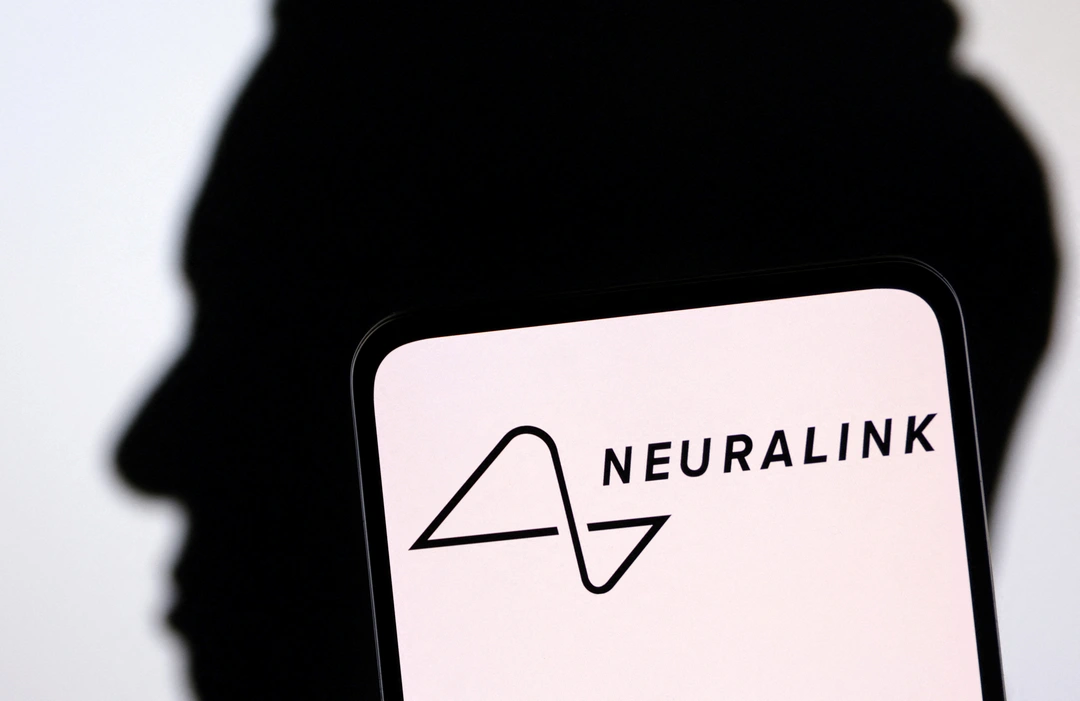The cybersecurity industry has long been perceived as a male-dominated field, often likened to an exclusive “boys’ club.” However, this narrative is undergoing a significant transformation as more women are breaking barriers and entering the sector through non-traditional pathways. John P. Mello Jr.’s article, “Crashing the Boys’ Club: Women Entering Cybersecurity Through Non-Traditional Paths,” sheds light on this evolving landscape and the diverse avenues women are exploring to establish themselves in cybersecurity.
Diverse Entry Points into Cybersecurity
Traditionally, careers in cybersecurity have been accessible primarily through backgrounds in information technology (IT) or military service. However, a notable shift is occurring. According to Mello’s article, approximately 37% of women now entering the cybersecurity field come from non-IT or military backgrounds. This trend highlights the industry’s growing openness to candidates with varied experiences and skill sets. Women are leveraging education, certifications, apprenticeships, and cross-industry experience to carve out roles in cybersecurity, enriching the field with diverse perspectives and approaches.
The Role of Education and Certifications
Advanced education and professional certifications have become pivotal tools for women transitioning into cybersecurity. Mello’s article points out that women are more likely than men to pursue these avenues to bolster their credentials. Certifications such as Certified Information Systems Security Professional (CISSP), Certified Ethical Hacker (CEH), and CompTIA Security+ serve as standardized benchmarks, validating the expertise of professionals regardless of their initial career paths. This emphasis on formal qualifications helps bridge the gap for those without traditional IT backgrounds, providing a pathway into the industry.
Organizational Shifts in Hiring Practices
The evolving landscape of cybersecurity talent acquisition reflects a broader recognition of the value brought by individuals from diverse backgrounds. Over half of surveyed organizations are reportedly altering their hiring practices to welcome candidates without conventional cyber backgrounds. This paradigm shift acknowledges that skills such as critical thinking, problem-solving, and adaptability—often honed in other industries—are invaluable assets in cybersecurity roles.
Addressing Systemic Challenges
Despite these advancements, systemic challenges persist. Women in cybersecurity continue to face issues such as pay gaps, underrepresentation in leadership positions, and biases in hiring practices. The adage that “men get hired on potential, while women get hired on proven ability” underscores the hurdles women often encounter. Addressing these inequities requires a concerted effort from industry leaders to foster inclusive cultures, implement equitable policies, and actively support the advancement of women within the field.
The Impact of Mentorship and Community Support
Mentorship and community initiatives play a crucial role in supporting women entering cybersecurity. Organizations like Women in CyberSecurity (WiCyS) and the Executive Women’s Forum (EWF) provide platforms for networking, professional development, and advocacy. These communities offer guidance, share resources, and create opportunities for women to connect with peers and mentors, facilitating smoother transitions into the industry and promoting retention.
Success Stories: Women Leading the Way
Highlighting success stories of women who have navigated non-traditional paths into cybersecurity serves as both inspiration and evidence of the shifting tides. For instance, individuals who began their careers in fields such as education, law, or communications have successfully transitioned into cybersecurity roles, bringing unique perspectives that enhance problem-solving and innovation within their organizations. These narratives challenge the conventional notion of a linear career path and demonstrate the multifaceted nature of skills applicable to cybersecurity.
The Future of Women in Cybersecurity
The trajectory for women in cybersecurity appears promising, with increasing recognition of the value of diverse experiences and the implementation of initiatives aimed at reducing barriers to entry. Educational institutions are developing specialized programs tailored to individuals from various backgrounds, and companies are investing in training and apprenticeship programs to cultivate talent. As these efforts continue, the hope is for a more balanced and inclusive cybersecurity workforce that reflects the diversity of the global community it aims to protect.
Conclusion
The influx of women into cybersecurity through non-traditional paths signifies a pivotal shift in the industry’s dynamics. By embracing diverse backgrounds and fostering inclusive environments, the cybersecurity field is not only addressing talent shortages but also enhancing its problem-solving capabilities and resilience. As highlighted in John P. Mello Jr.’s article, while challenges remain, the progress made thus far lays a strong foundation for continued growth and inclusivity in cybersecurity.







